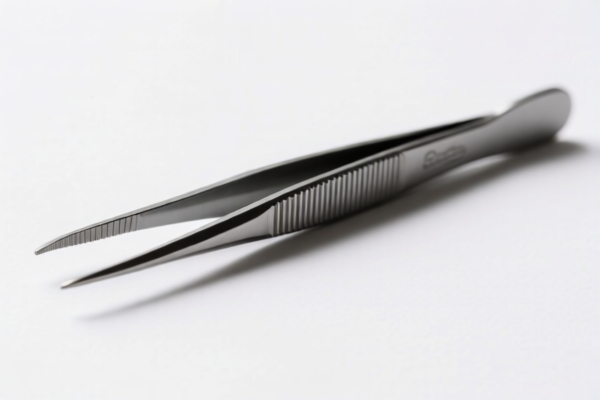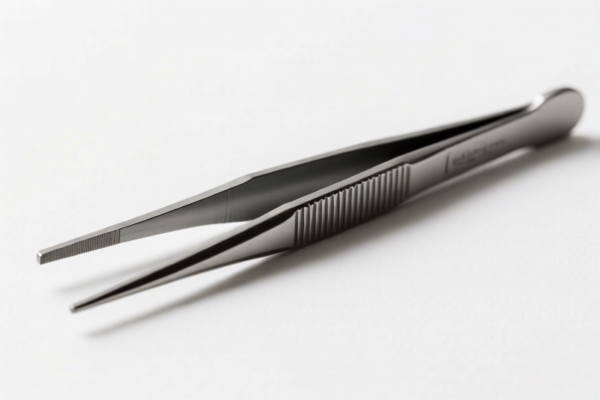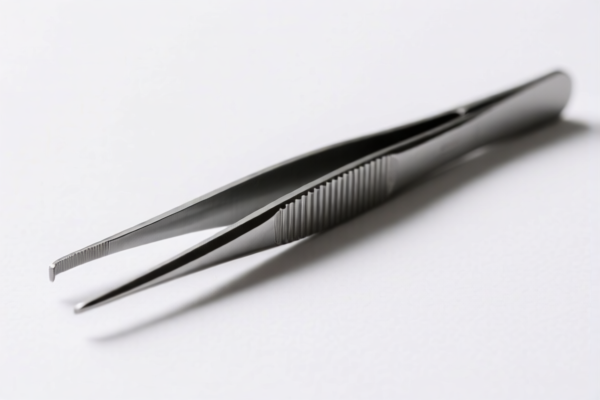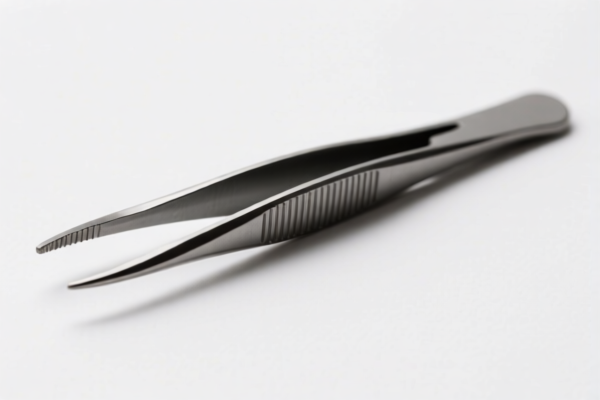| HS Code | Official Doc | Tariff Rate | Origin | Destination | Effective Date |
|---|---|---|---|---|---|
| 8203202000 | Doc | 59.0% | CN | US | 2025-05-12 |
| 8203206060 | Doc | 12¢/doz. + 5.5%+55.0% | CN | US | 2025-05-12 |
| 8203208000 | Doc | 59.5% | CN | US | 2025-05-12 |




Product Classification: Tweezers and Related Accessories
HS CODEs and Tax Information Overview:
- HS CODE: 8203202000
- Product Scope: Plastic tweezers, spring tweezers, tweezers storage boxes, and other tweezers-related tools and accessories.
- Total Tax Rate: 59.0%
- Tax Breakdown:
- Base Tariff: 4.0%
- Additional Tariff: 25.0%
- Special Tariff after April 11, 2025: 30.0%
-
Note: This code is suitable for non-metallic tweezers and related accessories.
-
HS CODE: 8203206060
- Product Scope: Stainless steel tweezers, classified under other types of pliers, scissors, tweezers, and similar tools.
- Total Tax Rate: 12¢/dozen + 5.5% + 55.0%
- Tax Breakdown:
- Base Tariff: 12¢/dozen + 5.5%
- Additional Tariff: 25.0%
- Special Tariff after April 11, 2025: 30.0%
-
Note: This code applies to stainless steel tweezers and may involve a fixed fee per dozen in addition to percentage-based tariffs.
-
HS CODE: 8203208000
- Product Scope: Parts for stainless steel tweezers, such as components of pliers, needle-nose pliers, tweezers, and similar tools.
- Total Tax Rate: 59.5%
- Tax Breakdown:
- Base Tariff: 4.5%
- Additional Tariff: 25.0%
- Special Tariff after April 11, 2025: 30.0%
- Note: This code is for parts or components of stainless steel tweezers.
Key Tax Rate Changes (April 11, 2025 onwards):
- All three HS codes will be subject to an additional 30.0% tariff after April 11, 2025.
- This is a time-sensitive policy, so ensure your customs clearance is completed before this date if you wish to avoid the higher rate.
Proactive Advice:
- Verify Material and Unit Price: Confirm whether the tweezers are made of stainless steel, plastic, or other materials, as this will determine the correct HS code.
- Check Required Certifications: Some products may require specific certifications (e.g., safety, quality, or origin) depending on the importing country.
- Review Tariff Calculations: For HS CODE 8203206060, the 12¢/dozen fixed fee must be included in your total cost calculation.
- Plan Ahead for Tariff Increases: If your shipment is scheduled after April 11, 2025, consider the 30.0% additional tariff in your pricing and logistics strategy.
Let me know if you need help determining the correct HS code for your specific product.
Product Classification: Tweezers and Related Accessories
HS CODEs and Tax Information Overview:
- HS CODE: 8203202000
- Product Scope: Plastic tweezers, spring tweezers, tweezers storage boxes, and other tweezers-related tools and accessories.
- Total Tax Rate: 59.0%
- Tax Breakdown:
- Base Tariff: 4.0%
- Additional Tariff: 25.0%
- Special Tariff after April 11, 2025: 30.0%
-
Note: This code is suitable for non-metallic tweezers and related accessories.
-
HS CODE: 8203206060
- Product Scope: Stainless steel tweezers, classified under other types of pliers, scissors, tweezers, and similar tools.
- Total Tax Rate: 12¢/dozen + 5.5% + 55.0%
- Tax Breakdown:
- Base Tariff: 12¢/dozen + 5.5%
- Additional Tariff: 25.0%
- Special Tariff after April 11, 2025: 30.0%
-
Note: This code applies to stainless steel tweezers and may involve a fixed fee per dozen in addition to percentage-based tariffs.
-
HS CODE: 8203208000
- Product Scope: Parts for stainless steel tweezers, such as components of pliers, needle-nose pliers, tweezers, and similar tools.
- Total Tax Rate: 59.5%
- Tax Breakdown:
- Base Tariff: 4.5%
- Additional Tariff: 25.0%
- Special Tariff after April 11, 2025: 30.0%
- Note: This code is for parts or components of stainless steel tweezers.
Key Tax Rate Changes (April 11, 2025 onwards):
- All three HS codes will be subject to an additional 30.0% tariff after April 11, 2025.
- This is a time-sensitive policy, so ensure your customs clearance is completed before this date if you wish to avoid the higher rate.
Proactive Advice:
- Verify Material and Unit Price: Confirm whether the tweezers are made of stainless steel, plastic, or other materials, as this will determine the correct HS code.
- Check Required Certifications: Some products may require specific certifications (e.g., safety, quality, or origin) depending on the importing country.
- Review Tariff Calculations: For HS CODE 8203206060, the 12¢/dozen fixed fee must be included in your total cost calculation.
- Plan Ahead for Tariff Increases: If your shipment is scheduled after April 11, 2025, consider the 30.0% additional tariff in your pricing and logistics strategy.
Let me know if you need help determining the correct HS code for your specific product.
Customer Reviews
No reviews yet.